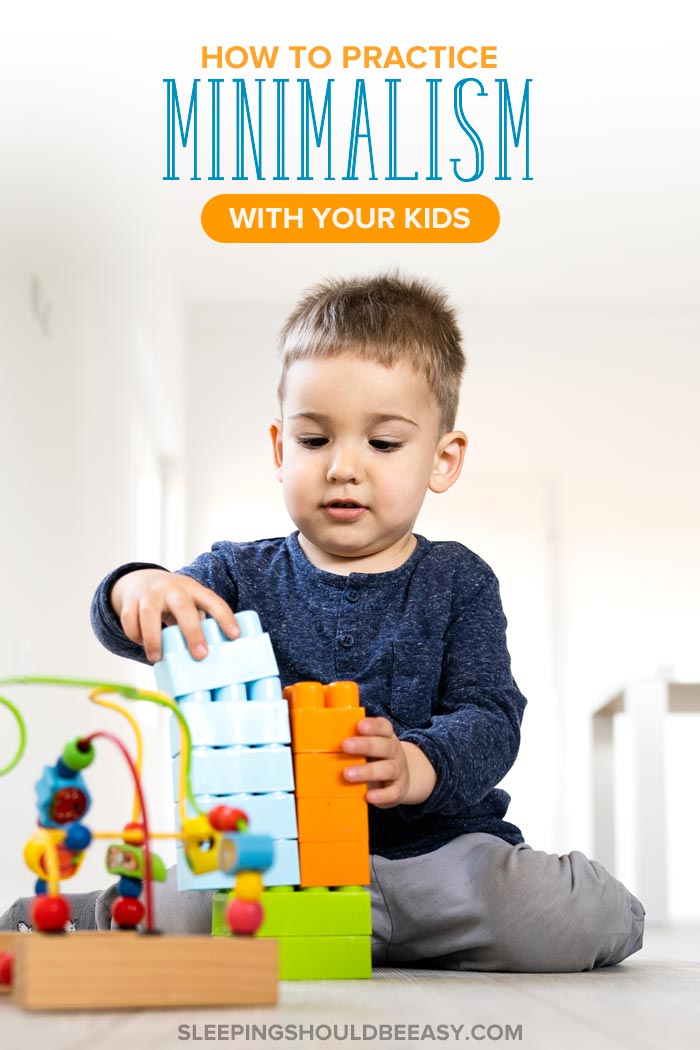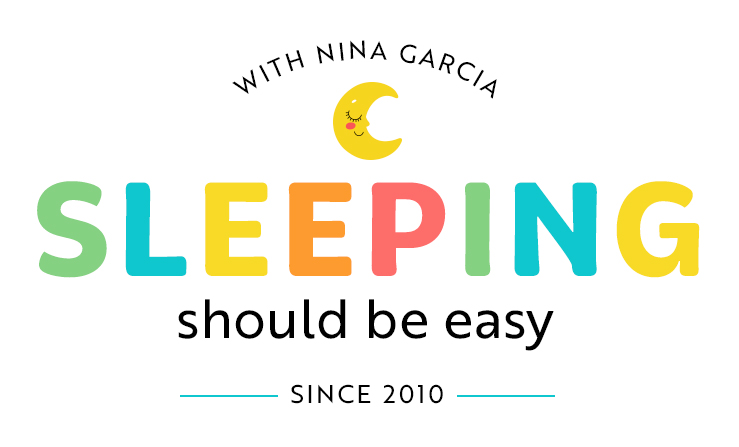How to Practice Minimalism with Kids
Want to practice minimalism with kids, even with a large family? The best way is to start with these three key areas to keep your home—and life—clutterfree.
 I’m not sure of the exact moment I lost it. Maybe I had stepped on yet another building block, or possibly it was the sound of a loud toy with no off-switch.
I’m not sure of the exact moment I lost it. Maybe I had stepped on yet another building block, or possibly it was the sound of a loud toy with no off-switch.
With three children, unsurprisingly, toys were everywhere.
Regardless of which specific toy it was, I was done. I knew something had to change, and thus began my journey toward minimalism.
While I felt inspired to move toward a minimalist lifestyle, I was left asking myself how to live this way with kids in tow.
That’s when I learned that not only is minimalism possible with little kids, but it’s beneficial for them. It fosters a sense of gratitude for what they have, as well as imagination and creativity. No longer are they overwhelmed with too many choices.
Now, I’m not talking about stark white walls and bare furniture. Extreme minimalism works for some, but a more moderate way is a better approach for most families.
If you’d like to try a minimalist lifestyle for your family but don’t know where to start, let me show you three simple ways to apply it in your home:
Table of Contents
1. Paper
My kids come home from school full of excitement, new experiences… and papers. Lots and lots of papers. If you want to achieve minimalism, get a handle on all the paper that comes into your life.
The secret to tackling kids’ paper clutter is to deal with them as soon as they come into the house. Just like it’s best to deal with your mail as soon as you bring it in, try to catch all the school papers before they have time to spread and multiply.
Organize your children’s papers into five categories:
- Toss: As the saying goes, “A place for everything and everything in its place.” And the place for most paper is the recycling bin. Top tip: If a paper is blank on the other side and in decent shape, save these to reuse. For instance, I use them to print recipes online or as scratch paper.
- Return: Handle permission slips, reading charts, and unfinished homework right away. And have a place to keep them if you can’t return them yet, like a magnetic board or inbox.
- Remind: Flyers for upcoming events, party invitations, and school lunch menus are examples of this category. Have a spot you can see often to hang them as a reminder (I prefer the front of my fridge). Just be sure to recycle them when the event is over. For simple dates, write them in your planner and recycle the paper right away.
- Collect: “But, Mommy, I need it!” says every child about every paper ever. Have a small drawer or bin where your kids can collect papers. Let them collect whatever they want, but once it’s full, they must clear out space if they want to keep anything else.
- Remember: As much as I’m all for decluttering, I’m as guilty as the next parent for wanting to save memorable artwork and school projects. Place sentimental papers in a storage box that you can sort through down the line.
If you designate a spot for all five categories of paper clutter, the tops of your desks and counters will thank you.
Free ebook: Want to better manage your time and feel less tired and overwhelmed? Join my newsletter and get my ebook, Time Management Strategies for the Overwhelmed Mom! Grab it below—at no cost to you:
2. Toys
Let’s face it: no matter how much you try to organize toys, the best way to keep an minimalist home is to have less stuff to begin with.
Now, I’m not saying you have to limit your child to exactly 10 toys. Instead, find the right balance for your family. How many toys does he really need? Often, we assume more is better, but too many toys can actually be bad for kids.
And where should you begin? Start your toy purge by discarding any broken toys and donating those that he has outgrown. Next, evaluate large toys—if it’s going to take up valuable real estate on my floor, it had better be worth it.
After the most obvious choices, your decisions start to get trickier. Choose what you want to keep, not what you want to discard.
What toys you keep depends on what your child plays with, so get him involved. For instance, let him decide what toys he wants to donate or pass on to someone else (find your local Buy Nothing Group to give these toys to).
If you aren’t ready to commit to purging so many toys, a toy rotation system is a fantastic solution. By limiting the toys available, he’s likely to enjoy them more. Plus, you have less clutter and an easier time cleaning up.
3. Clothes
Between hand-me-downs, gifts, and clothes I had purchased, my kids’ closets and drawers were overflowing. I took everything out and couldn’t believe how many clothes they had (I think they have more clothes than I do!).
Even though all the clothes were in the right size, you can guess how many items they actually wore. Like any kid, they have their favorite few shirts that they wear over and over again. (Maybe because they couldn’t discover anything new in their overstuffed closet.)
I went through their wardrobes and pared them down to a set number of outfits. The magic range is between having enough so they can do laundry once a week and having a few extra outfits just in case.
Limiting their clothes means they’ll likely want to wear their clothes even though there are fewer. Instead of feeling overwhelmed with options, they have a set supply of shirts they love.
Top tip: Sort through your older children’s clothes for any that you can pass down to the younger ones. If the clothes are still too big for the little ones, keep them in a storage box until the next season or year when they might fit better.
Less money, less laundry, and less time picking out and fighting over clothes. Win, win, and win.
Conclusion
Minimalism starts with you.
Can you truly expect your kids to embrace minimalism if you have an attitude of materialism? Be a conscious consumer: don’t buy things you don’t need or get dragged down by the weight of all your possessions.
While some people might think simplicity and kids don’t mix, I’ve found it to be a lifesaver. Once you get a taste of the benefit of minimalism, you’ll likely want to bring fewer items into your home. Less stuff means less time cleaning and more time to spend enjoying your time with them.
Who wouldn’t want that?
Get more tips:
- How to Tell Grandparents to Stop Spoiling Your Kids
- 6 Not-So-Obvious Reasons You Can’t Keep Up with Cleaning Your Home
- Time Management for Moms: Tips You Can Apply
Don’t forget: Join my newsletter and get my ebook, Time Management Strategies for the Overwhelmed Mom below—at no cost to you:


